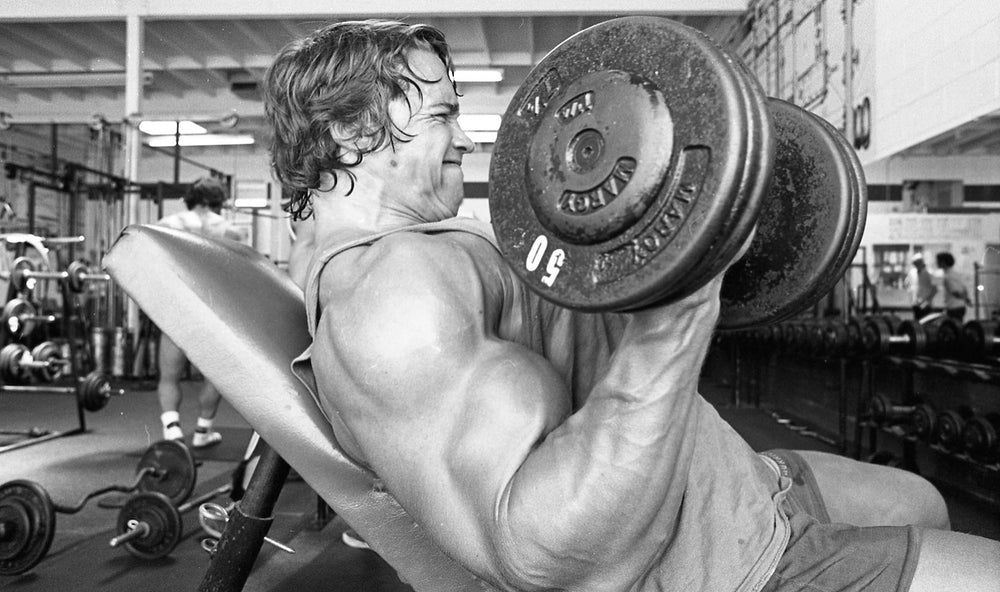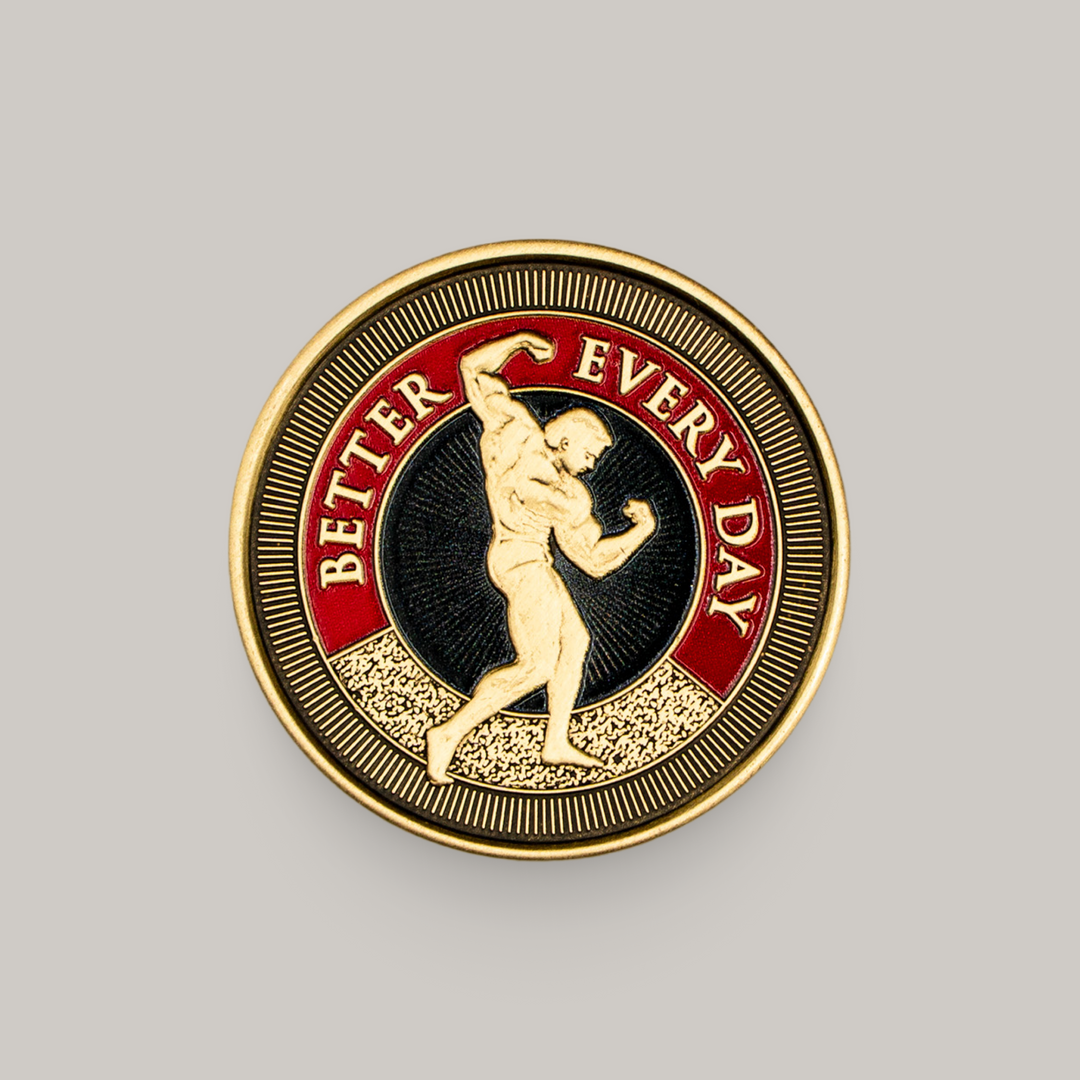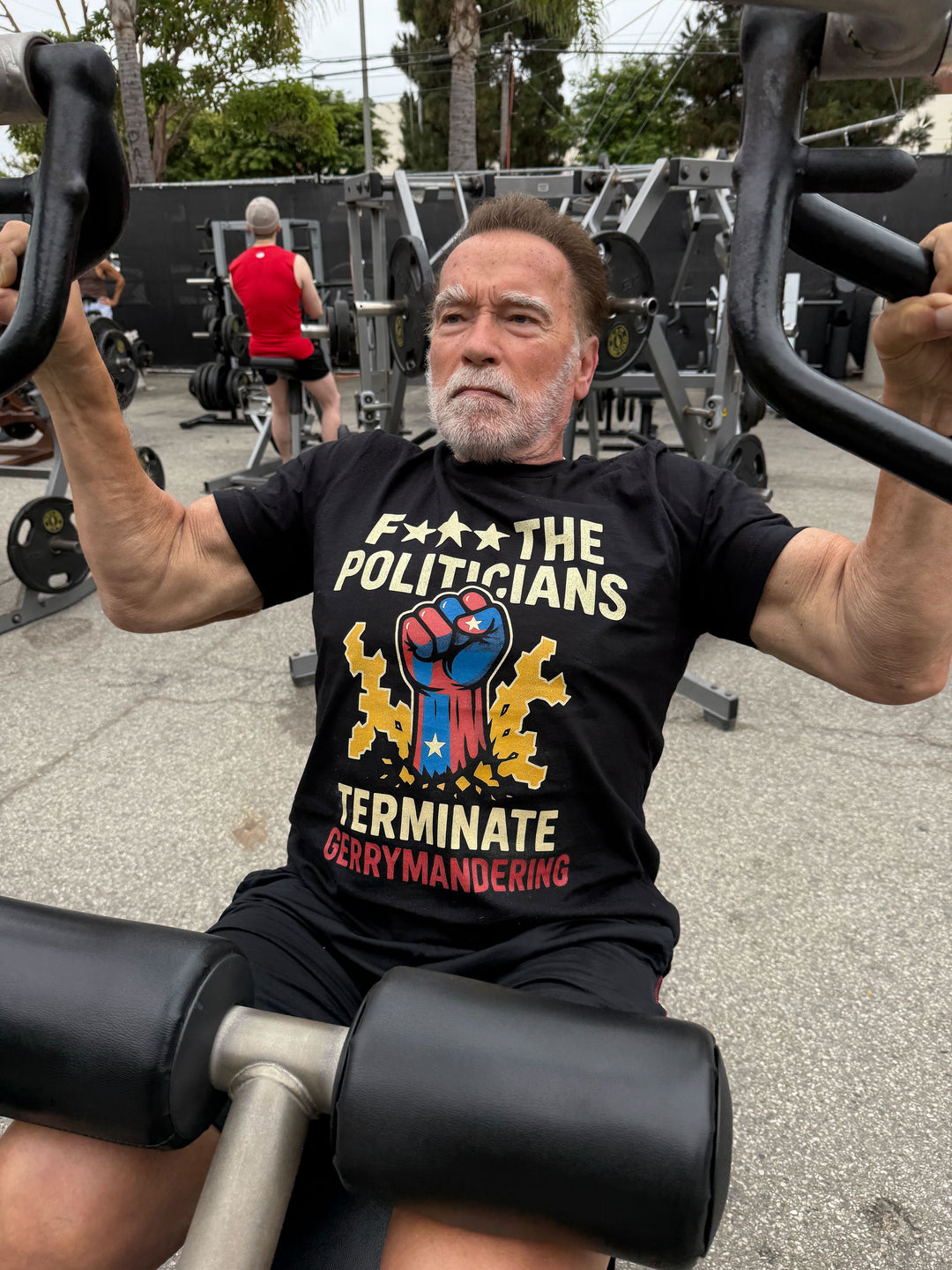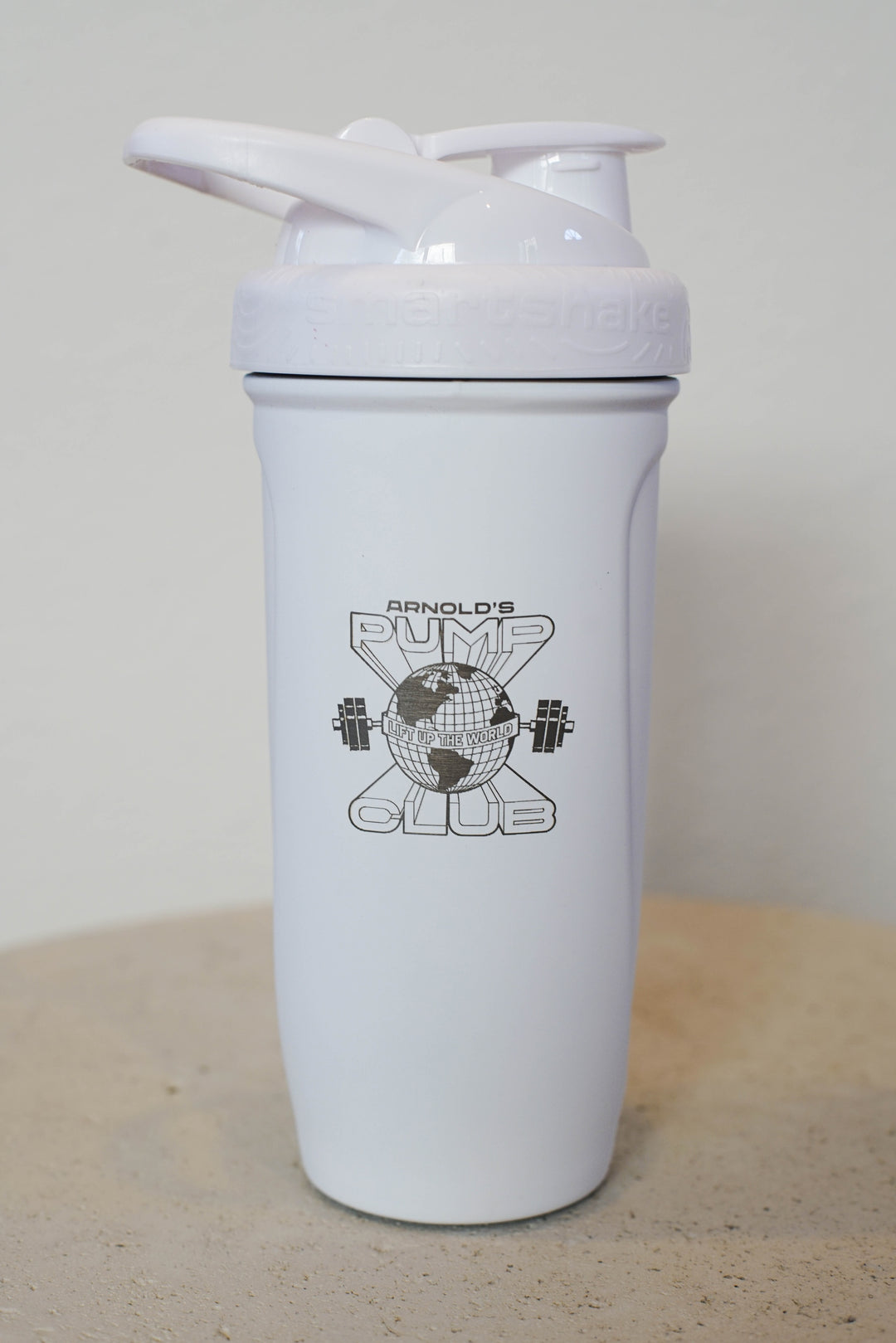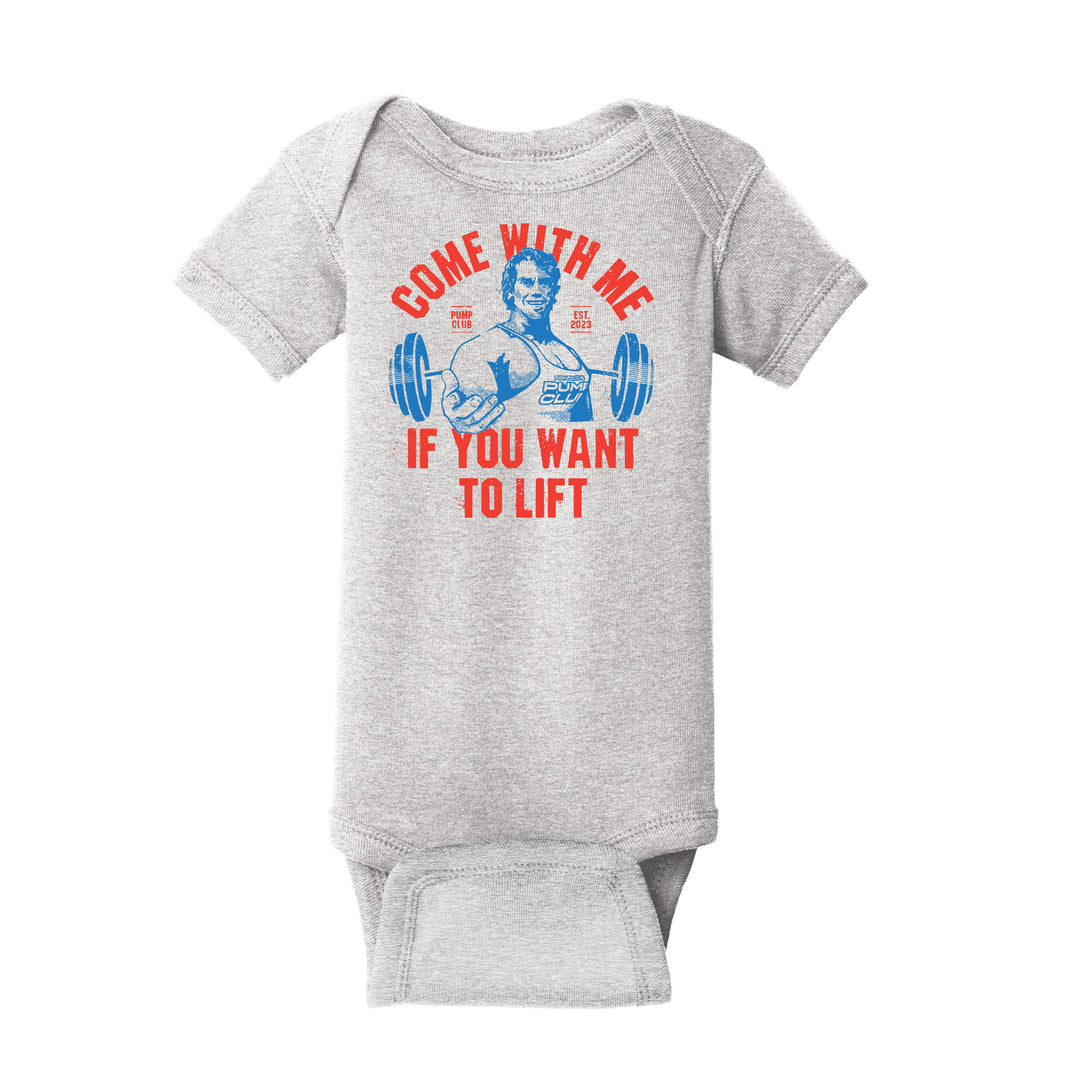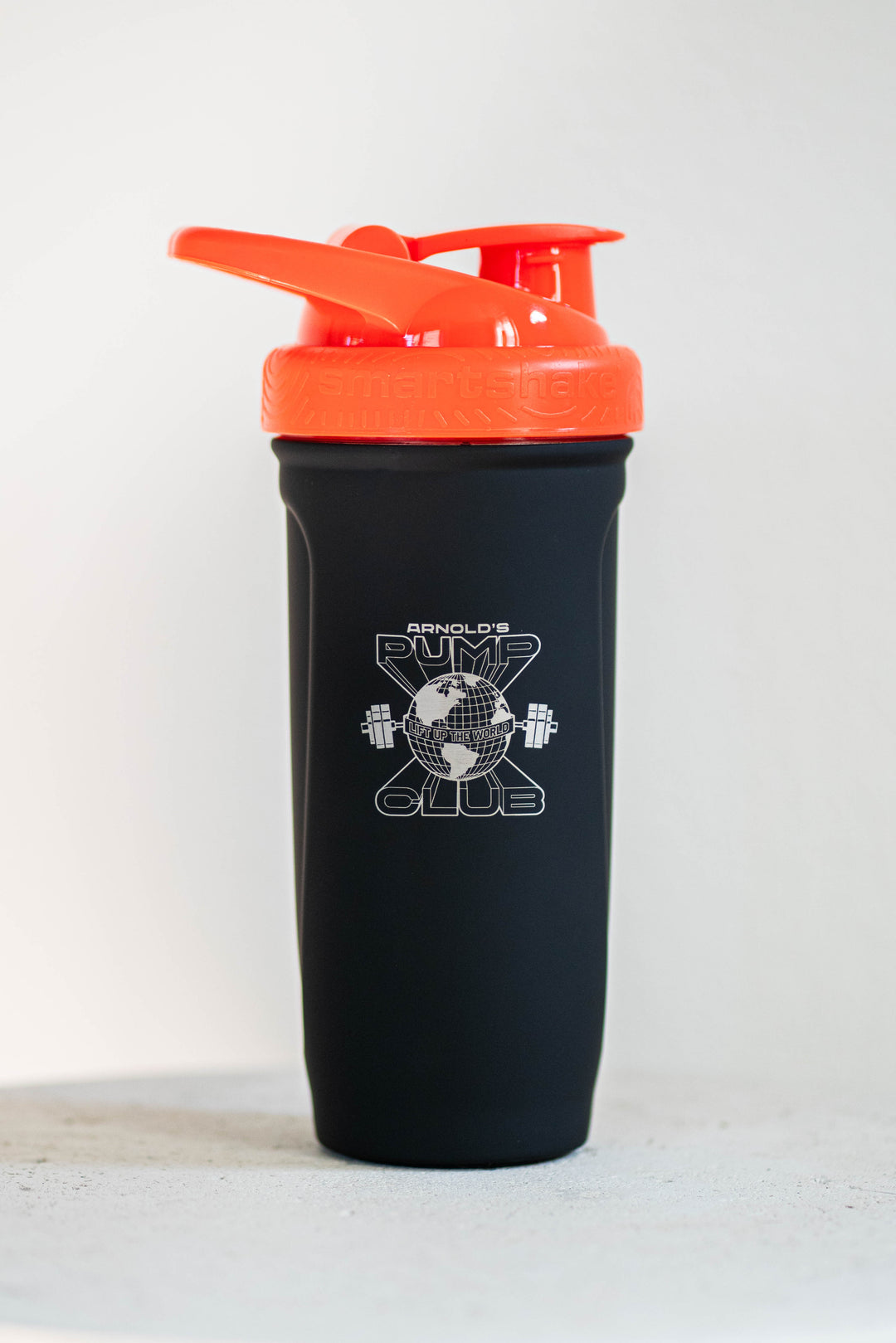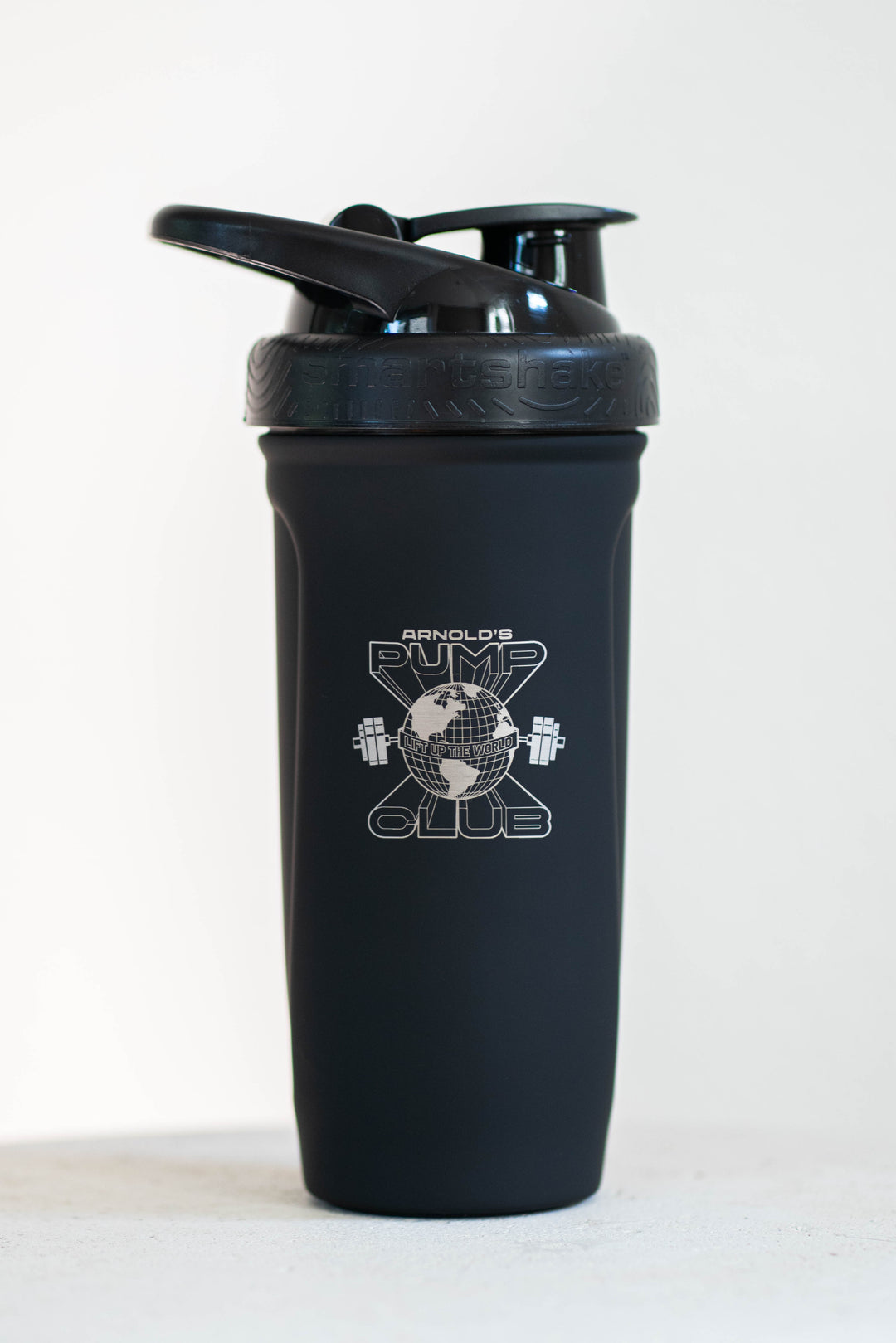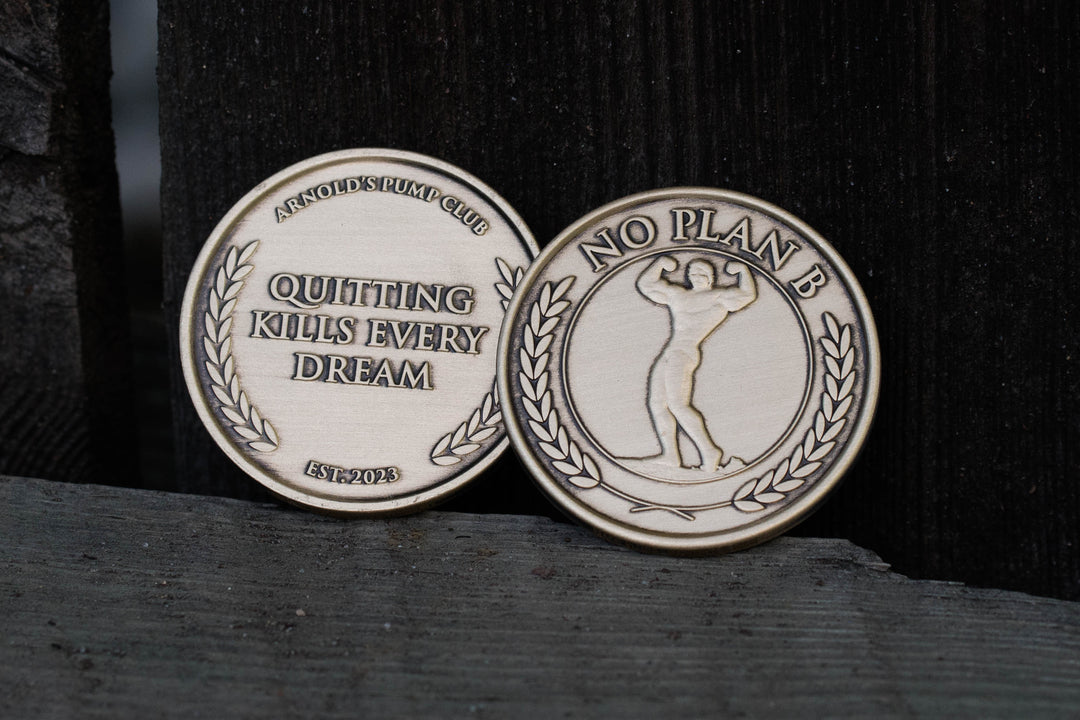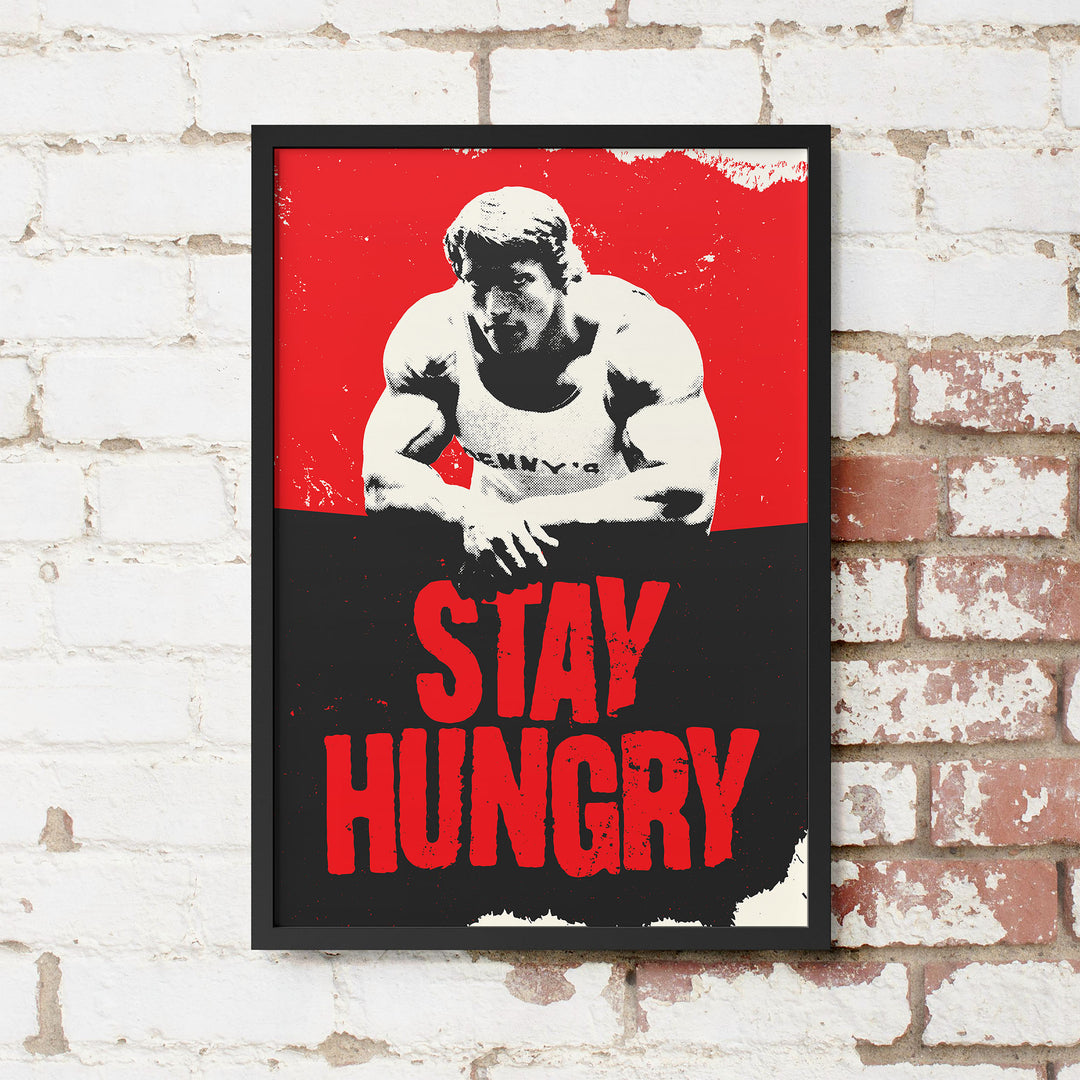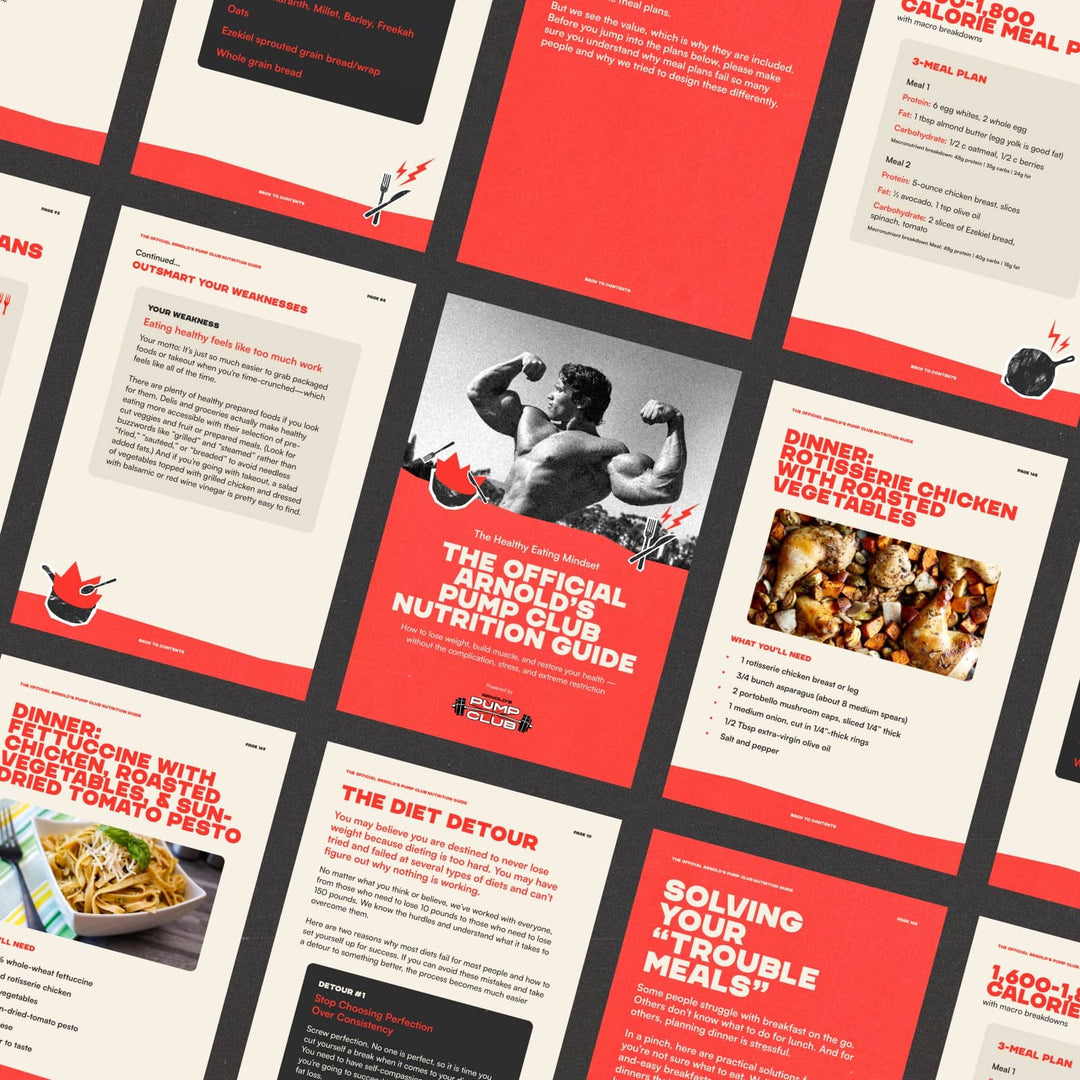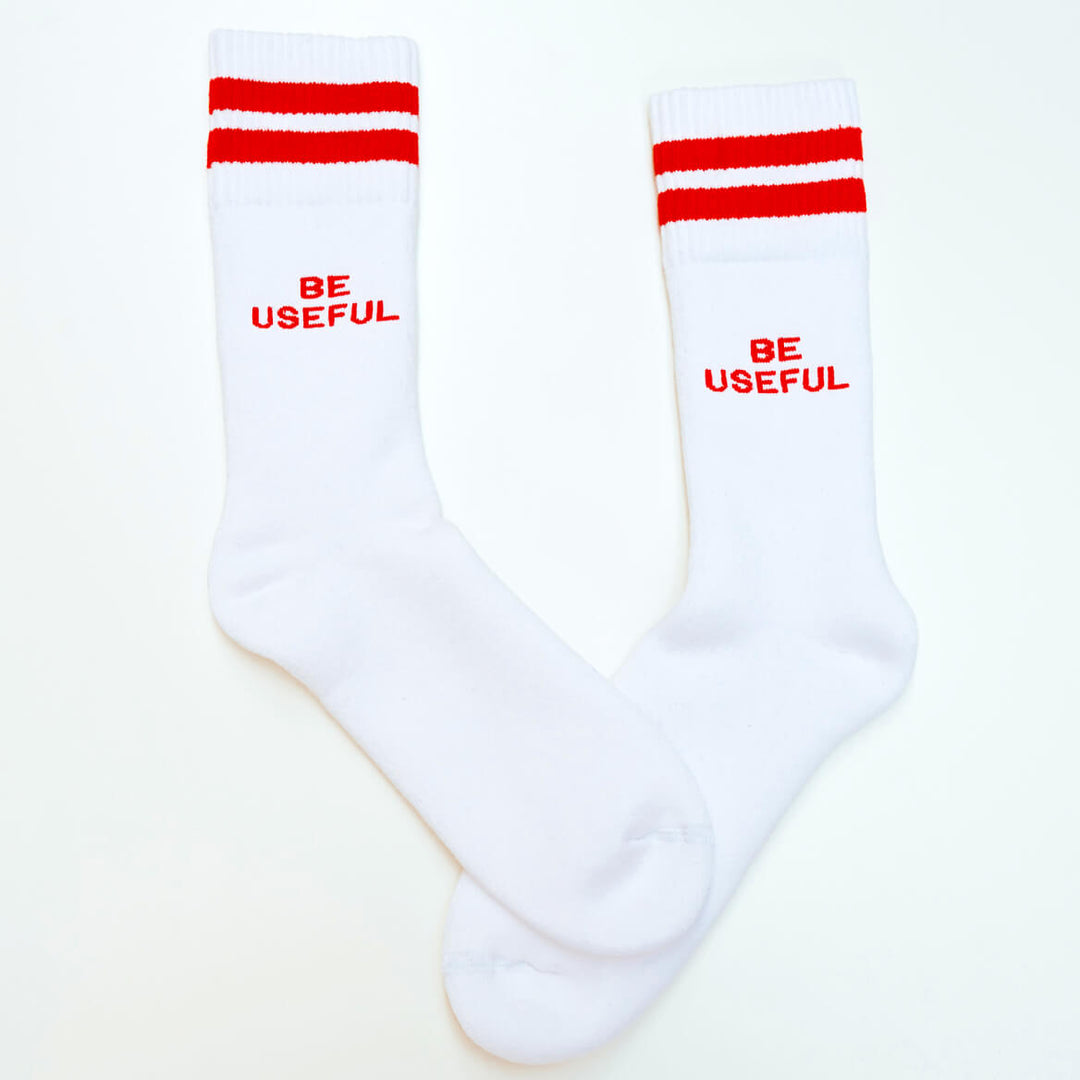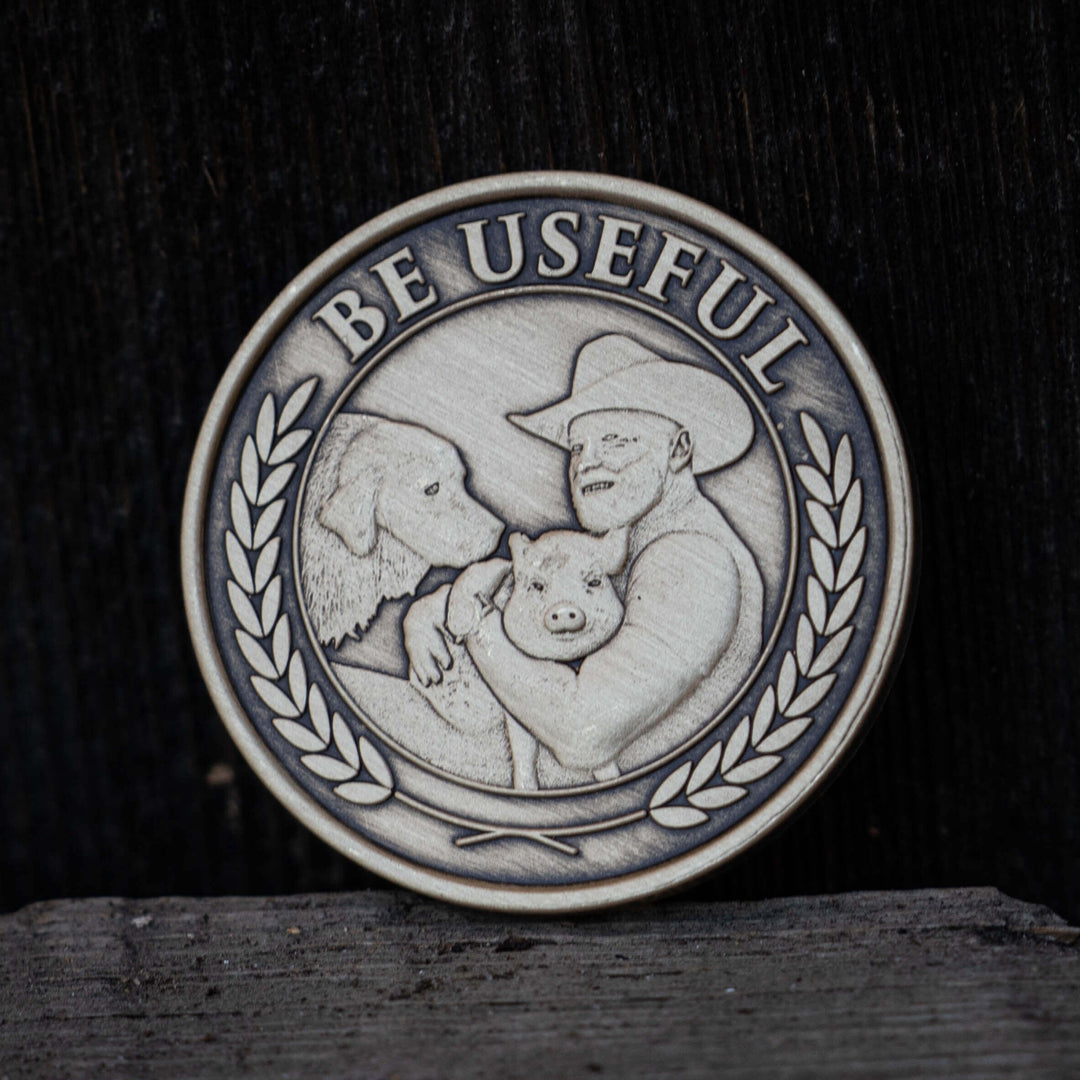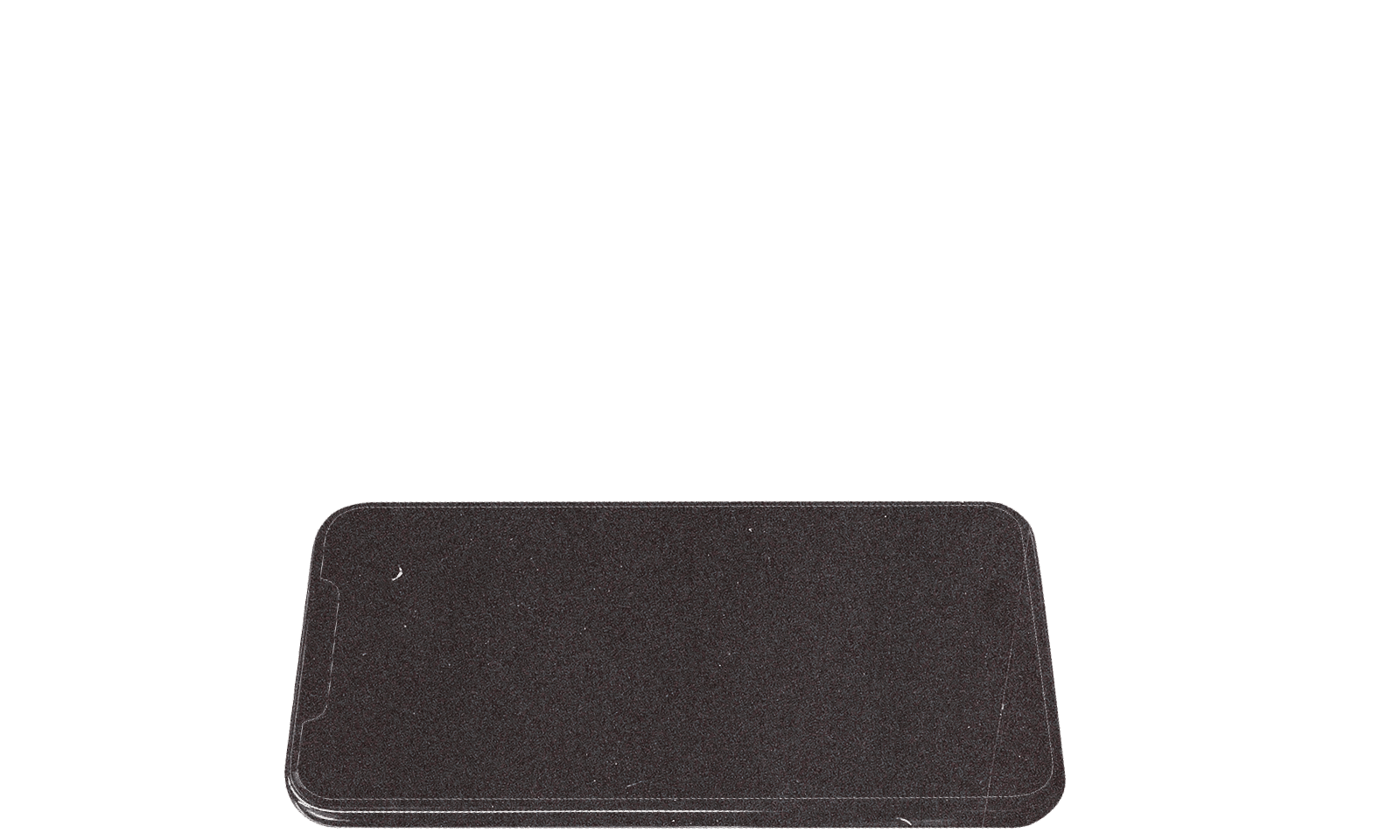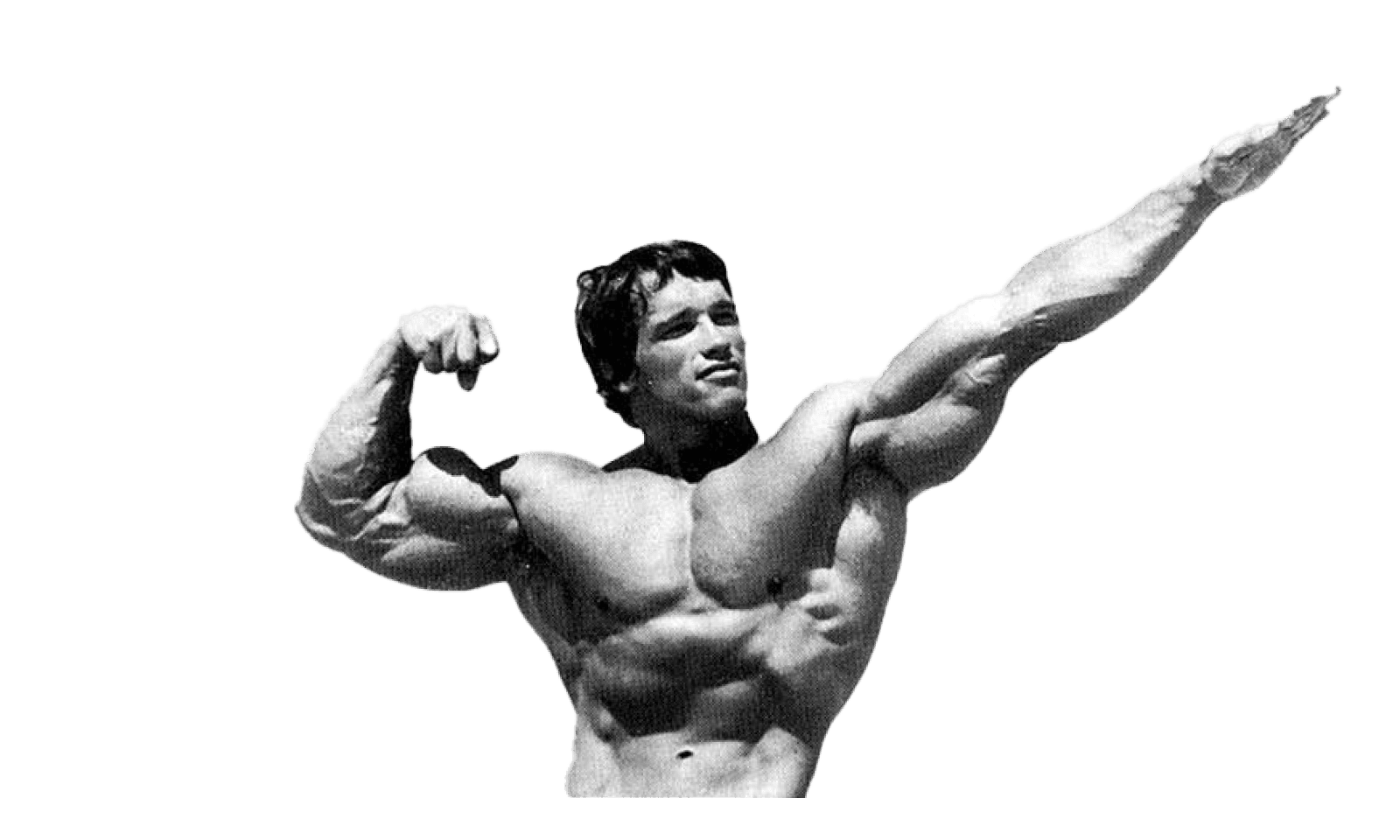Welcome to the positive corner of the internet. Here’s a daily digest designed to make you healthier in less than 5 minutes. If you were forwarded this message, you can get the free daily email here.
Today’s Health Upgrade
Arnold's Monday Motivation
A case for afternoon coffee
Workout of the week
Want more stories from Arnold? Listen to Arnold's Pump Club podcast. It's like the daily newsletter, but with additional narration and thoughts from Arnold. You can subscribe on Apple, Spotify, Google, or wherever you listen to podcasts.
Arnold's Monday Motivation
A few people sent me this collection of newspaper clippings going back more than 130 years where people said, “Things were better 50 years ago.”
A Brief History of Things Were Better 50 Years Ago
🧵
— Paul Fairie (@paulisci)
Jun 14, 2023
It turns out people say this in every decade, at least as far back as 1890. What’s going on here? Why do people always think life was better 50 years ago?
I have a theory.
When you don’t have a vision of the future, it’s easier to look back.
When you don’t have a vision, today doesn’t have much meaning because you don’t know why you’re here doing what you’re doing right now, and tomorrow is downright scary. Yesterday can seem nice and comfortable by comparison.
This is why, over and over again, I’m going to keep telling you to find your vision. I don’t want you to be one of these people staring back into the past because you can’t accomplish anything in the past, you can’t spend time with anyone in the past, and you sure as hell can’t find happiness in the past.
A vision gives you a reason to be here, doing whatever you’re doing. It makes you excited to wake up every day and keep moving forward. It gives life meaning.
Your vision can be to be the best teacher, nurse, doctor, firefighter, or electrician you can be. It can be to be the best dad, mom, or grandparent. It can be to be physically fit so that you’re there for your family as long as possible. It can be all of those things.
All that matters is that you think about it, you identify it, and you see it. Take some time today to sit down for a few minutes, figure out what your vision is, and then visualize yourself doing whatever it is you dream of. Play it like a movie in your head.
I guarantee you that movie is better than whatever was going on 50 years ago.
A Case for Afternoon Coffee
Most of us — Arnold included — start our day with a cup of coffee. But a couple of cups a little later in the day could do more than prevent an afternoon slump.
Drinking coffee before an afternoon workout might provide an additional boost to fat-burning and exercise performance.
Prior research suggests that caffeine can help your body burn a little more fat (it’s nothing crazy) and improve strength and endurance. So researchers were curious whether the timing of your caffeine makes a difference. Scientists compared morning and afternoon workouts and tested what happens when you take caffeine prior to exercise compared to when you don’t.
They found that caffeine increased fat burning by 11 percent when people trained in the morning and by 29 percent when training in the afternoon. And it increased workout performance by 11 percent in the morning and 13 percent in the afternoon.
This isn’t too surprising because prior research suggests there might be a slight performance advantage for people who exercise in the afternoon. The findings show that caffeine before any workout, at any time of day, gives your body and mind a clear advantage. But, adding caffeine before a morning workout does not offset the slight advantage you might get from training in the afternoon hours, and the afternoon caffeine might even be more potent than before a morning training session.
Does this mean you should shift your workouts? Not exactly. The first rule of exercise is to work out when you can be most consistent. If you are less likely to show up for afternoon workouts, all the performance-boosting stats in the world won’t deliver the results you want. But, if you train in the afternoon, a little caffeine (the scientists gave the participants about 200 mg or approximately 2 cups of coffee) could give you the extra edge you want. As a rule of thumb, have your last serving of caffeine about 8 to 9 hours before you sleep to minimize the likelihood that it will affect your rest.
Workout of The Week
We're bringing back another "EMOM" workout, which can be done at home or the gym. For those new here, EMOM stands for “every minute on the minute.” It means you set a timer for one minute, perform an exercise, track how long it takes to do one set (say, 20 seconds), and rest the remainder of the minute (another 40 seconds). Then, you set the timer for another minute and either repeat the exercise or move to the next exercise in your workout. It's a great way to get in an intense workout in a short window of time.
The Workout
Step 1: Pick four exercises, including two upper and two lower body movements. You can use bodyweight exercises or weights. Select movements that use different primary muscles. For example, when picking upper body exercises, select one pressing movement (bench press, overhead press, or pushups) and one pulling movement (dumbbell row, pullups, inverted row).
Step 2: Prepare to train
Structure your workout to alternate between an upper-body and a lower-body exercise. For example, an excellent bodyweight workout could consist of: Pushups (upper), squats (lower), pullups (upper), and lunges (lower).
-
Set your reps:
If you’re doing a bodyweight movement, perform 8 to 12 reps.
If you’re doing weighted movement: do 6 reps, but use a weight you can lift with good form for 10 reps.
Use the stopwatch on your phone to set a timer for 60 seconds. You’ll perform the listed reps on each exercise and then see how much time has passed. Then, you’ll rest the remainder of the minute and move to the next exercise. For example, it might take you 20 seconds to do all of the reps of pushups, and then you’ll rest an additional 40 seconds (for a total of 60 seconds). Then, you’d do all the reps of squats, rest the remainder of the minute, move to rows, and so forth.
Repeat this process of setting a timer for 1 minute, doing the prescribed number of reps, and then resting the remainder of the minute. Performing 1 set of all four exercises will take 4 minutes.
If you’re a beginner: complete 3 to 4 total rounds (a round = doing 1 set of all four exercises) for 12 to 16 minutes of training.
If you’re more advanced: complete 6 to 10 rounds for 24 to 40 minutes of training.
It might sound quick and easy, but you’ll be surprised by how the pace challenges you and the reps add up fast.
You can perform this two or three times during the week, ensuring you rest at least one day between exercises.
Give it a try, and then let Arnold know how it goes on Twitter or Instagram.


